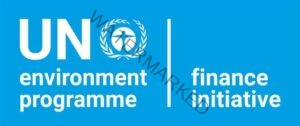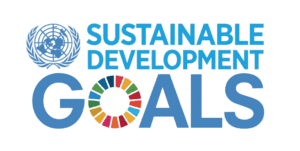
Palestine Israel Conflict: A Historical Background Since 19th Century
The Palestine Israel conflict, a deeply entrenched and volatile issue in the Middle East, has roots that date back to the late 19th century. It has sparked numerous wars and peace efforts, with the struggle for land and sovereignty being central to both sides.


 The Global Terrorism Index (GTI) 2024, published by IEP, provides a comprehensive overview of terrorism trends and their global impact. The latest report highlights significant shifts in terrorism patterns, emphasizing both regional transformations and emerging threats. Below is an in-depth analysis of the findings from the report.
The Global Terrorism Index (GTI) 2024, published by IEP, provides a comprehensive overview of terrorism trends and their global impact. The latest report highlights significant shifts in terrorism patterns, emphasizing both regional transformations and emerging threats. Below is an in-depth analysis of the findings from the report.








